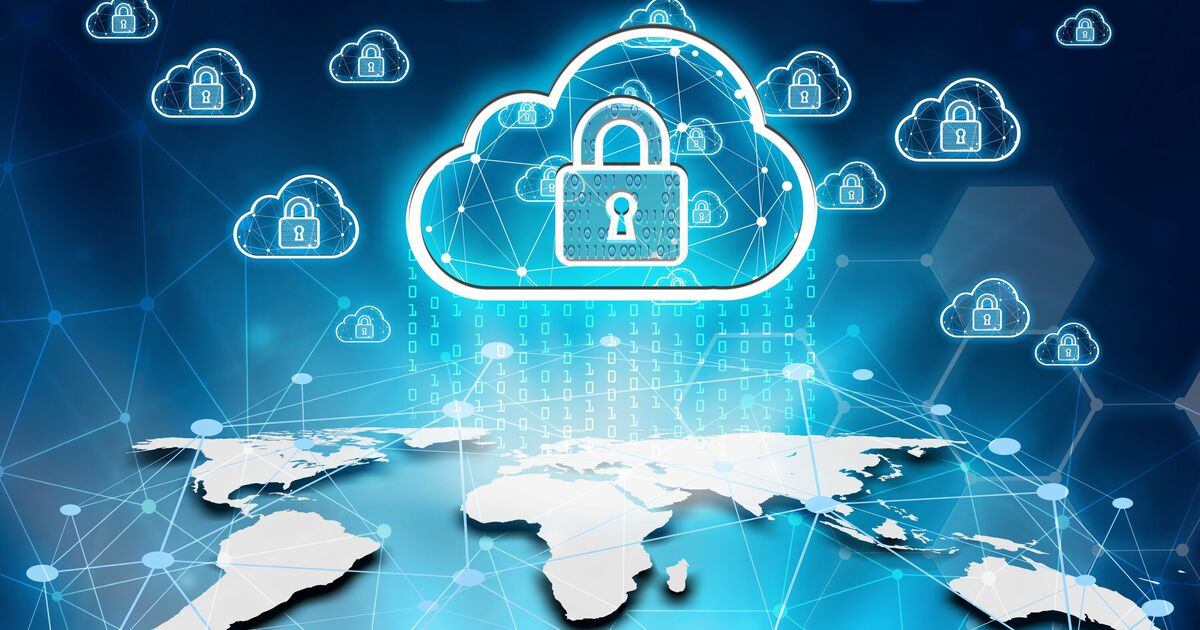One of the key things about CPaaS is how it covers different layers of security:
- Data Encryption: Think of data encryption like locking your diary with a code only you know. CPS uses complex methods to encode sensitive information, making sure that even if someone gets hold of it, they can't read it without permission.
- Access Control and Identity Management: Think of this as having keys to different rooms. CPaaS sets up strict rules about who can go where in the cloud and ensures that only authorized people get access.
- Identifying Threats: CPaaS employs intelligent tools to detect potential risks at an early stage, much like having a vigilant security guard who anticipates trouble before it escalates.
- Ensuring Compliance and Governance: Adhering to regulations and standards is crucial, particularly in sensitive sectors. CPaaS ensures strict compliance, maintaining data integrity and reliability by following the appropriate rules and guidelines.
Let's take a look at some real-life examples to understand how CPaaS works:
- Amazon Web Services (AWS) Security Hub acts like a security command center for AWS users. It continuously monitors the safety of their accounts, pinpointing security issues and offering solutions to address them.
- Microsoft Azure Security Center is Microsoft's dedicated tool to ensure the safety of its cloud service, Azure. It employs advanced technology to detect potential threats and provides users with guidance on enhancing their system's security.
- Cisco CloudLock specializes in safeguarding data within cloud applications. By analyzing user activities within these apps, it identifies and flags any potential risks that could compromise data security.
CPaaS is becoming more and more important as businesses rely more on cloud services. With many people working remotely and more cyber threats out there, having strong security for cloud systems is crucial.
It's not a one-size-fits-all solution; every organization needs a tailored approach. As technology grows, so do the threats, which is why it's important to keep an eye on security, adapt to new challenges, and keep improving how we protect data in the cloud.
In essence, Cloud Protection as a Service is the shield that guards against cyber threats targeting cloud systems. Its flexible approach and evolving tech help keep the cloud safe while letting businesses enjoy the benefits of cloud computing, all while safeguarding their most valuable asset: their data.





